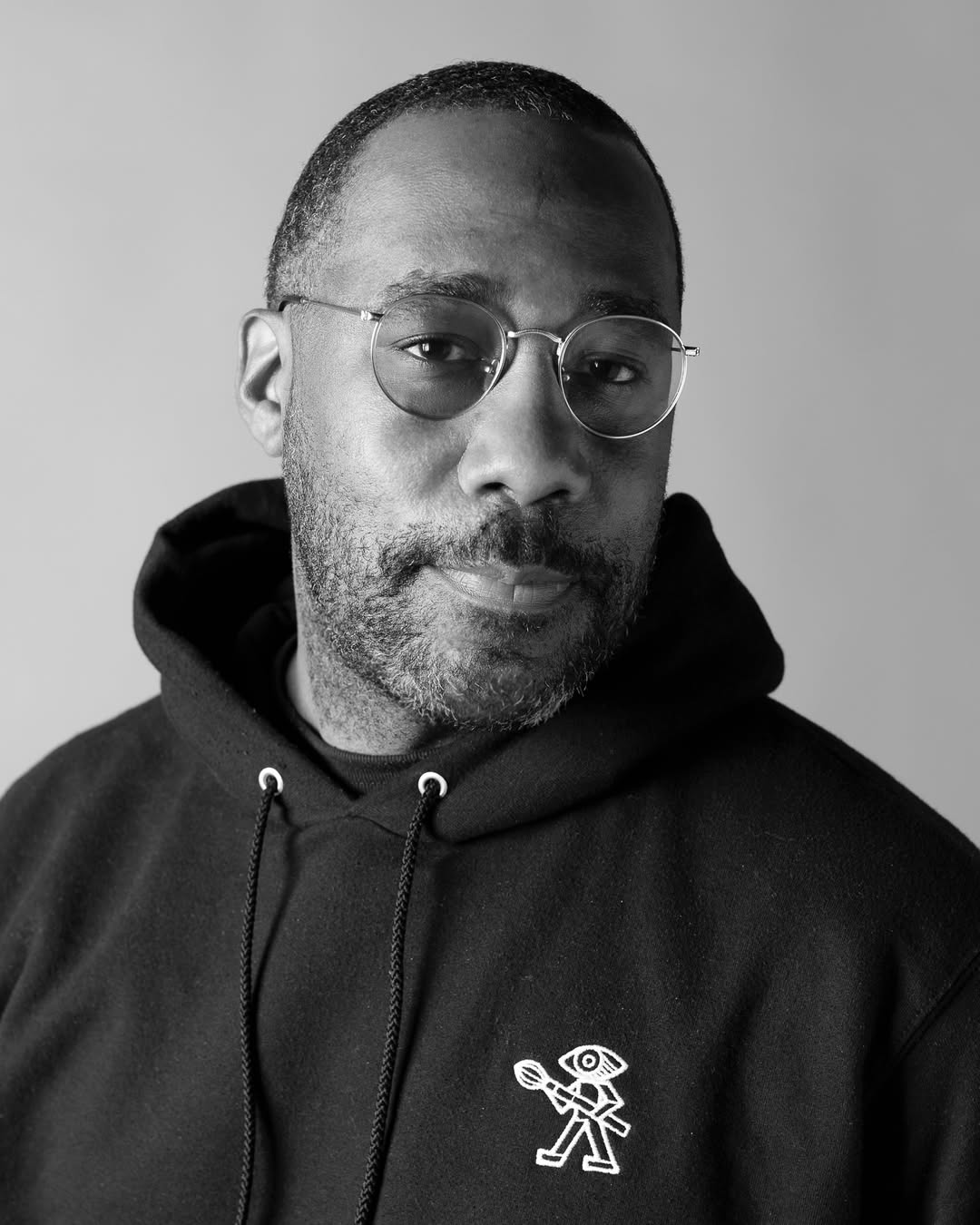
Michael Coppage
For those arriving from South Florida—particularly from cities like Miami—Michael Coppage’s exhibition at the Annex Gallery may resonate differently than it would for a viewer from the Midwest. This is not to suggest a hierarchy of readings, but rather to acknowledge that the lived experience of Caribbean and Latin American diasporas, especially those who have made a life in Miami, offers a particular lens through which to approach this work.
And yet, regardless of background, Coppage’s practice converges on a shared axis: race—not as a singular category, but as a deeply embedded structure within the American historical fabric. The conceptual anchor is explicit: the arrival in 1619 of the first enslaved Africans to Virginia aboard the White Lion, and the legal institutionalization of slavery as a racial and hereditary system. Four centuries later, the legacy of systemic failure, prejudice, and enduring injustice forms the backdrop to his artistic inquiry.
The exhibition—part installation, part performance—is not a chronological narrative, but an emotional cartography of trauma and the possibility of repair. Coppage builds a visual language rooted in affective memory, expanding into a communal and sensorial dimension where Black identity is freed from stereotype and allowed to exist without condition.
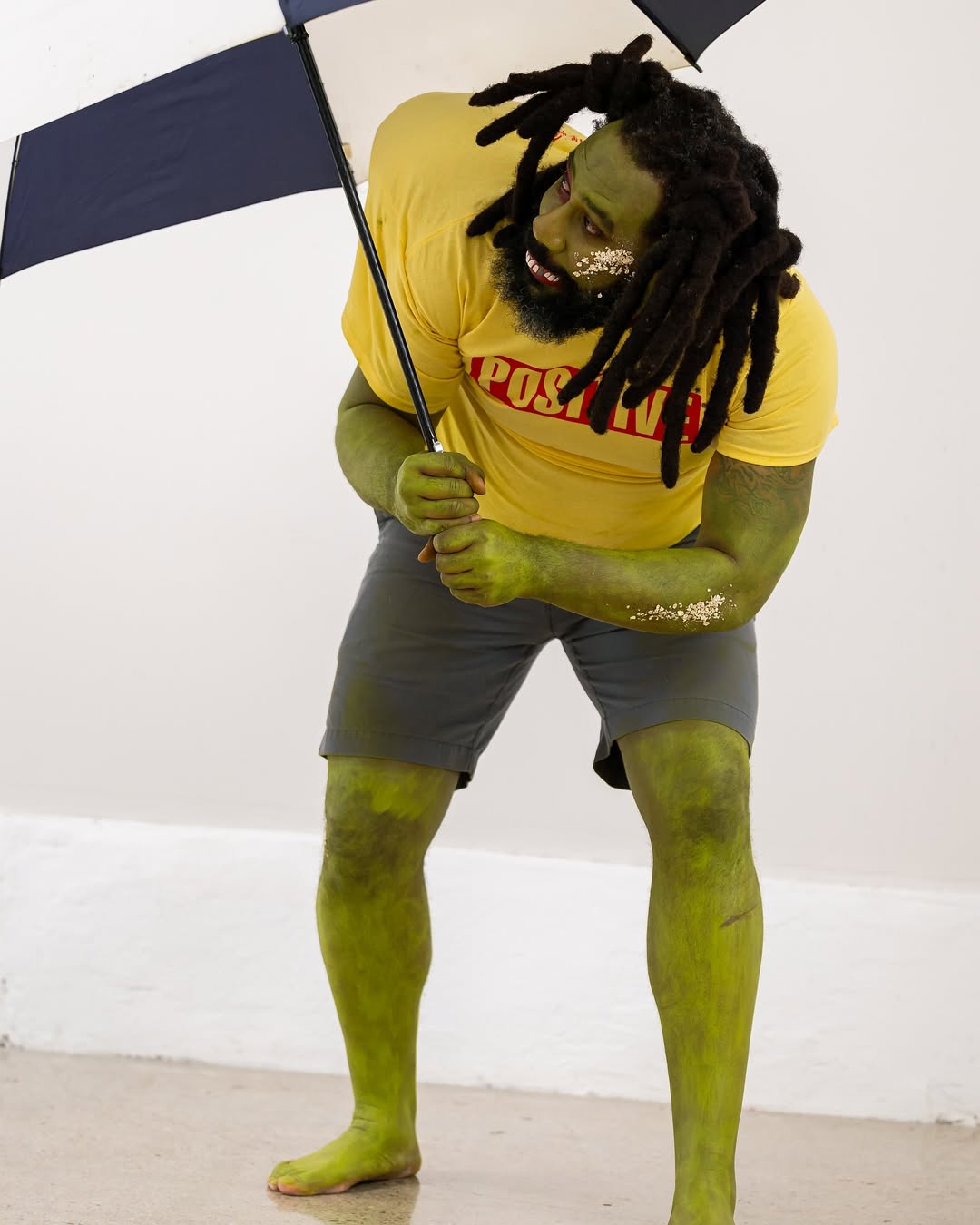
Michael Coppage
The conceptual heart of the show lies in a room of pixelated figures: an aesthetic decision aimed at “de-racializing” representation. How does one depict racialized bodies without making skin tone the primary signifier? Coppage’s answer is to privilege memory as the foundation of identity. “You may forget the color of their skin, but not how they made you feel,” he explains. This approach challenges racialized labels like BIPOC and African American, which he sees as confining rather than liberating. By removing racially coded features, Coppage interrupts normative perception and asserts ambiguity as a right: “I am more than Black. I am more than an artist.”
Another thematic thread addresses hip hop as a tool of resistance—and its subsequent dilution by the cultural mainstream. Through the figure of Prosper Jones—a character Coppage created in his youth to survive the streets of Chicago—the artist recovers the genre’s radical origins. Works like The Players Club invert the tropes of commercial rap by portraying athletes who reinvest in their communities. The irony is precise: “We must constantly rewrite imposed narratives through our own cultural production.”
One of the most intimate components of the exhibition is Humphrey, a grotesque alter ego Coppage inhabited for over two decades. The character embodied the paradox of racial perception: in costume, he was met with flowers; without it, with fear. The dissonance is haunting. Humphrey was both mask and mirror, until Coppage symbolically killed him in 2024. “I no longer need him,” he declared. What remains is a reflection on systemic dehumanization and the body as a site of protest and healing.
In Sticks and Stones, the artist dismantles the myth of the “Black monolith.” Through collage, urban intervention, and archival gestures, Coppage foregrounds erased narratives: the elderly, LGBTQ+ communities, victims of HIV/AIDS. A weathered plaque reads, “A Black family lived here.” Each letter becomes a bone in the collective skeleton of memory. His collages of vanishing elders serve as elegies for Sunday rituals no longer passed down. He transforms statistics—like the 78% rate of isolation among Black seniors—into conceptual artworks that question the politics of silence. He does not paint gravestones; he composes living elegies.

Michael Coppage
In his handmade paper works—over two hundred tonal variations from ebony to dusk—Coppage undertakes a poetic-political exercise in redefinition. These hues are not chromatic indexes; they are emotional registers. They hold the scent of his grandmother’s rose bushes and the bitter taste of her More cigarettes. “We are not Black. We did not immigrate here. What word represents us?” he asks. What is at stake is not a color, but the right to language: to name oneself beyond inherited margins.
This ethos extends to his material choices. Coppage deliberately rejects painting—a medium he never formally studied—in favor of more direct, tactile processes. Printmaking that preserves the trace of his fingernails, collage that retains the wrinkles of torn paper like scars. This is not a stylistic preference; it is an ethical stance. Brushes mediate. Scissors bleed. “When you cut paper, you can’t erase the mistake. It’s like Black life in America: there are no drafts.” His art does not seek polish—it seeks truth.
Coppage refers to himself as a “visual polyglot.” His embrace of multiple media—from collage to augmented reality—is not an aesthetic indulgence but a deliberate strategy of accessibility. Each medium becomes a different point of entry. In this technical plurality, Coppage constructs a space of hospitality for a diverse audience.
Joy/Us: Black Recreation, Relaxation and Leisure is, ultimately, a manifesto on joy and recreation as forms of resistance. In a world that reduces Black subjectivities to stereotype, Coppage reclaims rest, intimacy, and pleasure as acts of survival. His work does not romanticize pain or aestheticize wounds. It transmutes them—into form, into action, into collective presence. At a time when simplification dominates the public discourse, Coppage insists—lucidly and unapologetically—on complexity.

American Elephant, March 2019. Oil on Canvas | 36 x 48 in





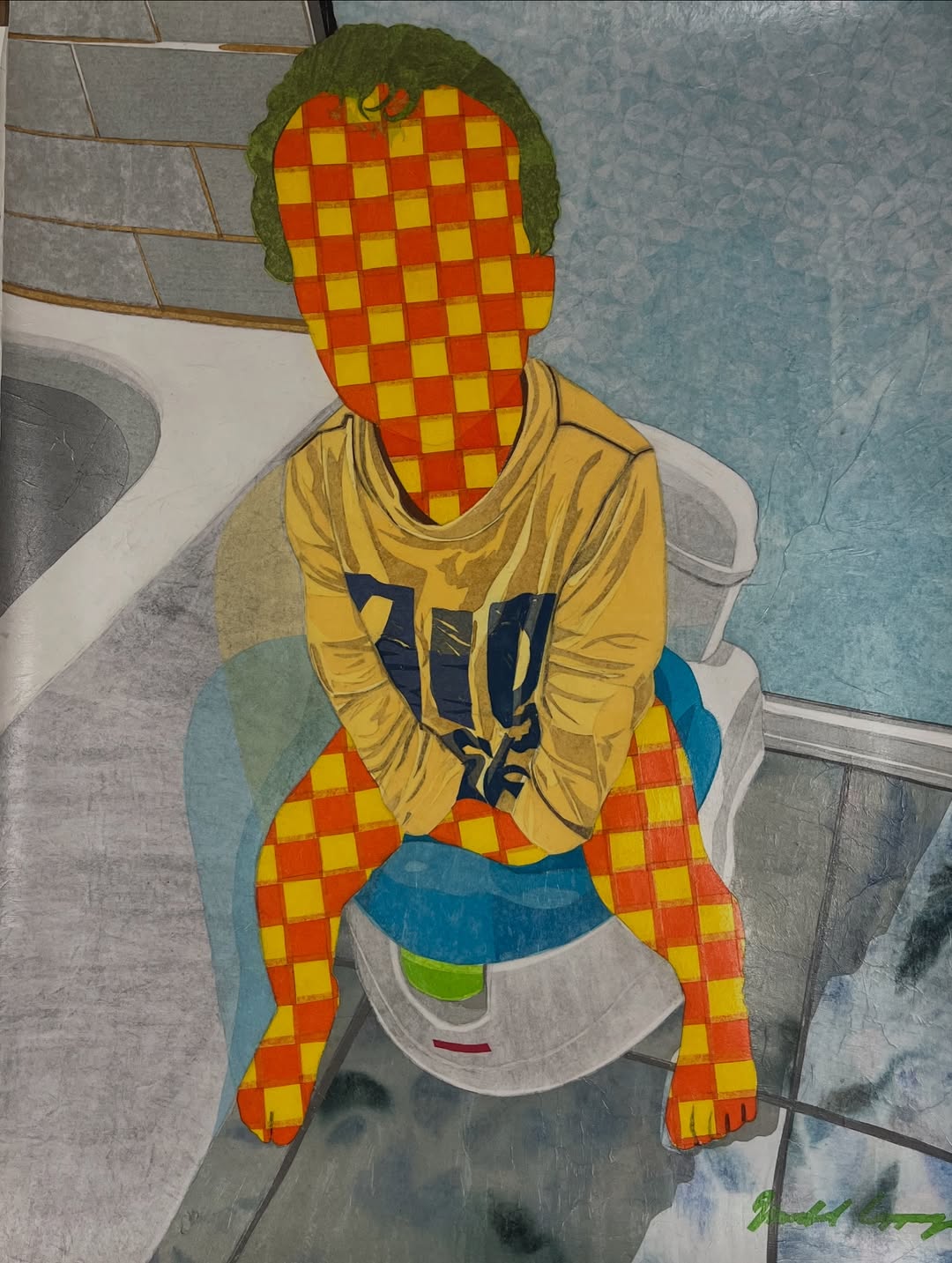
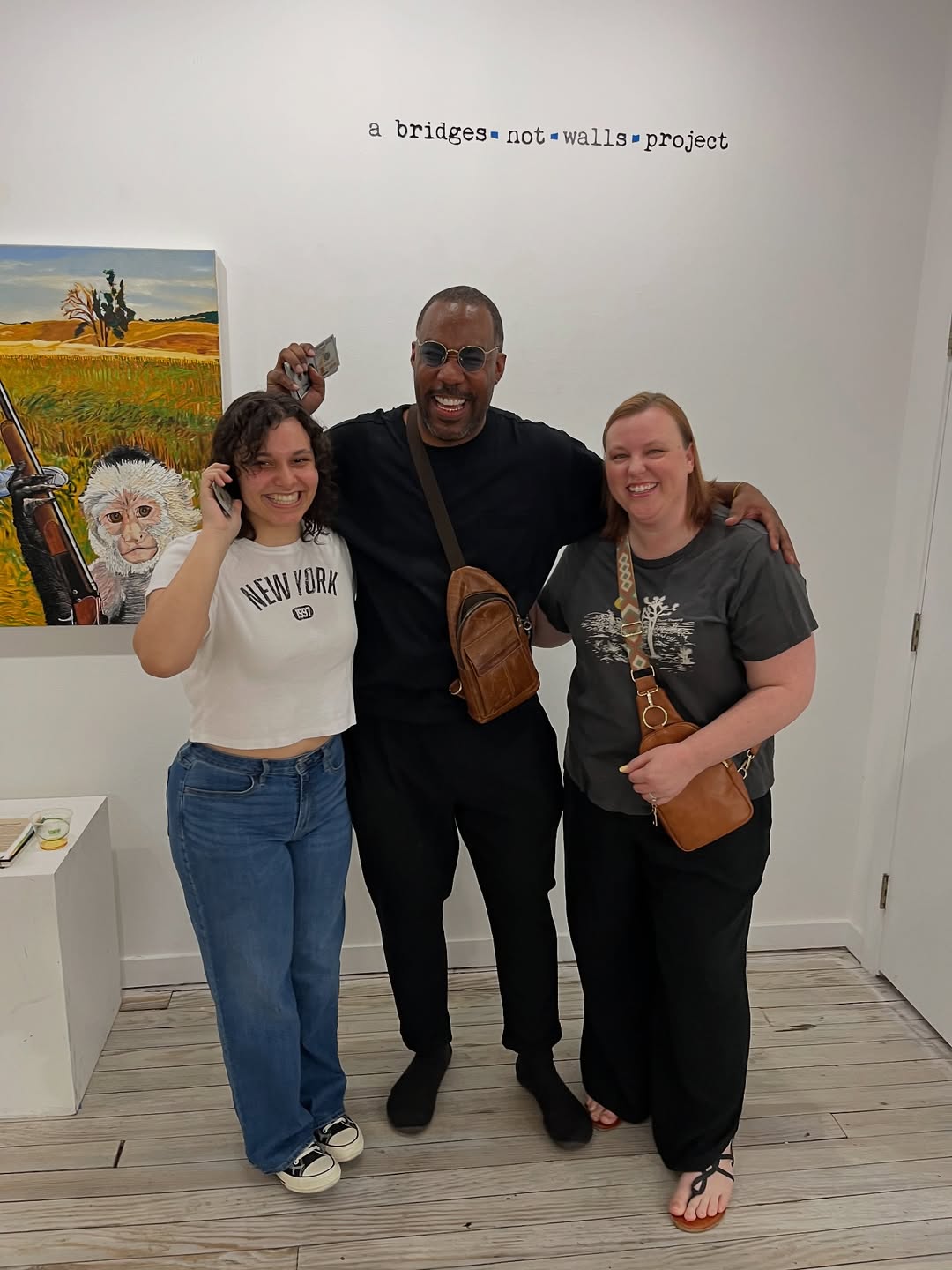


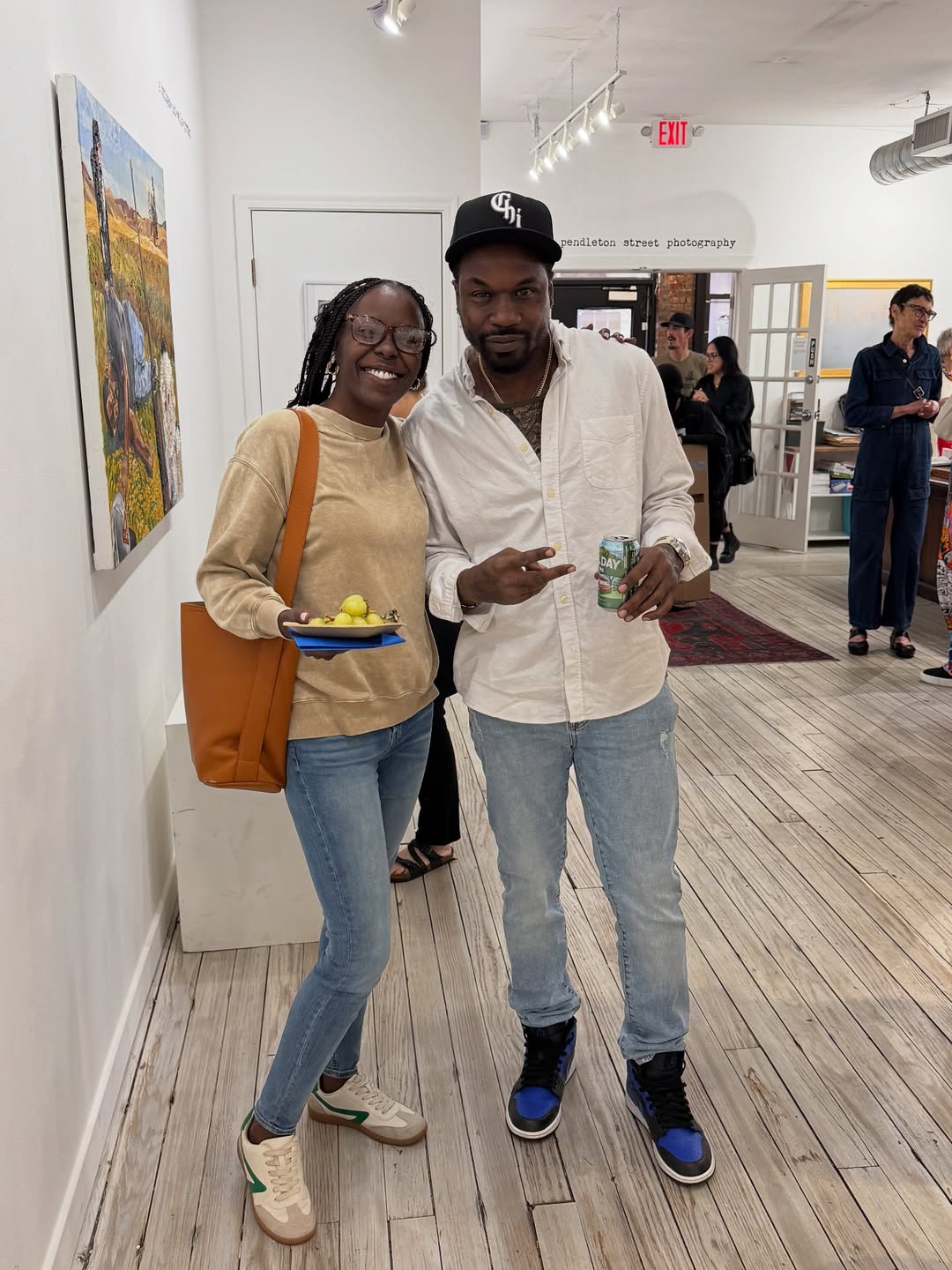

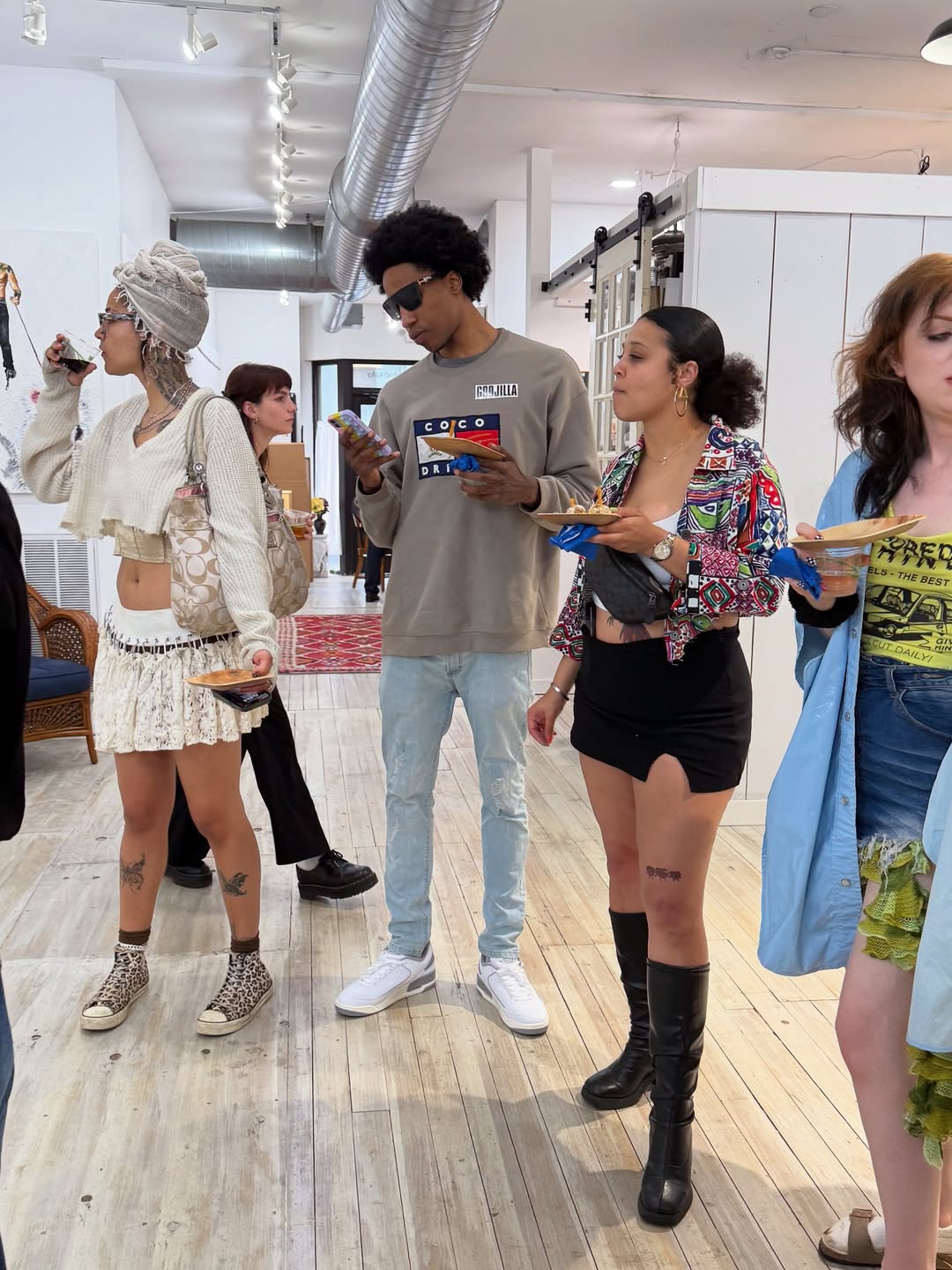
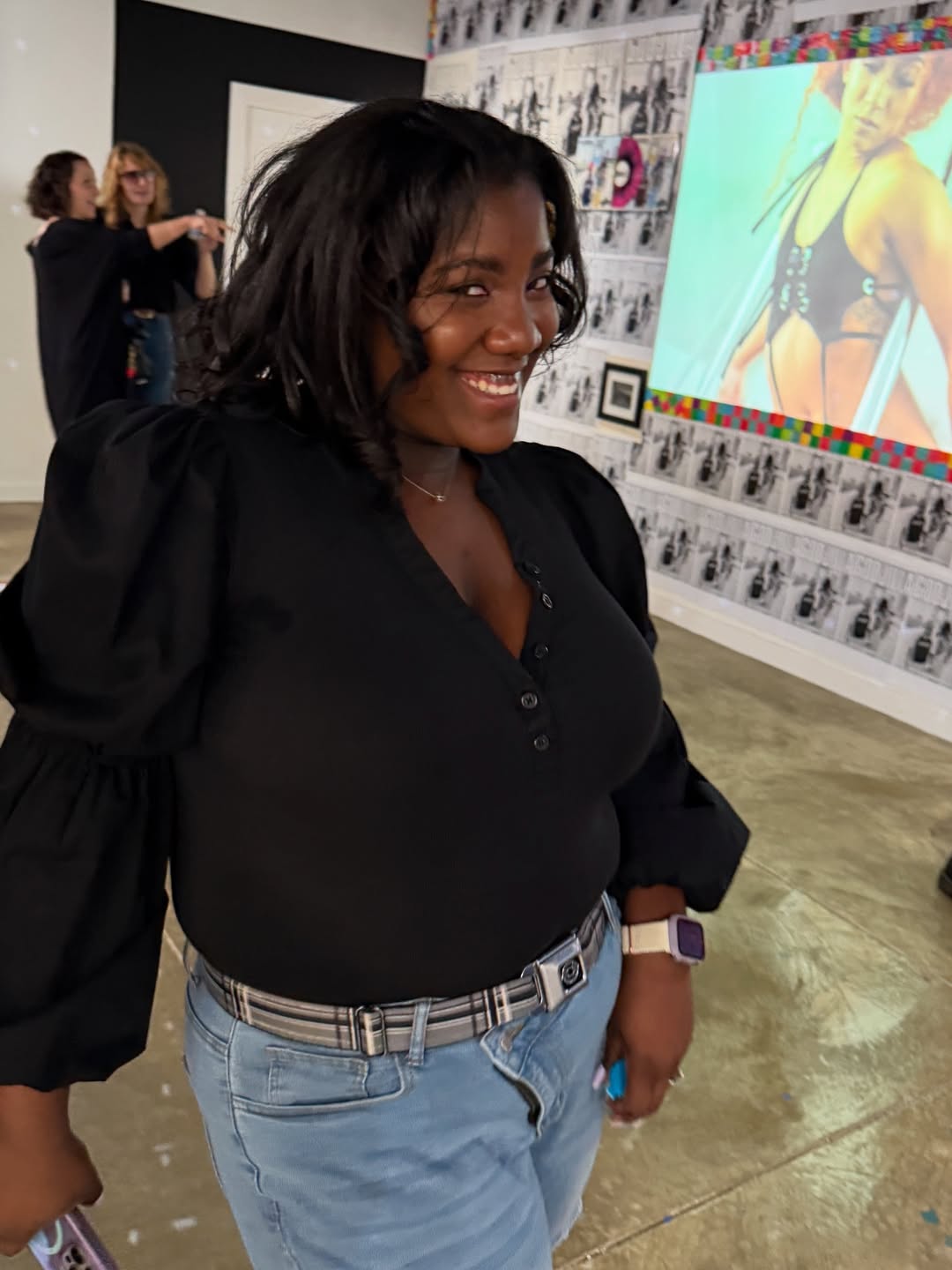

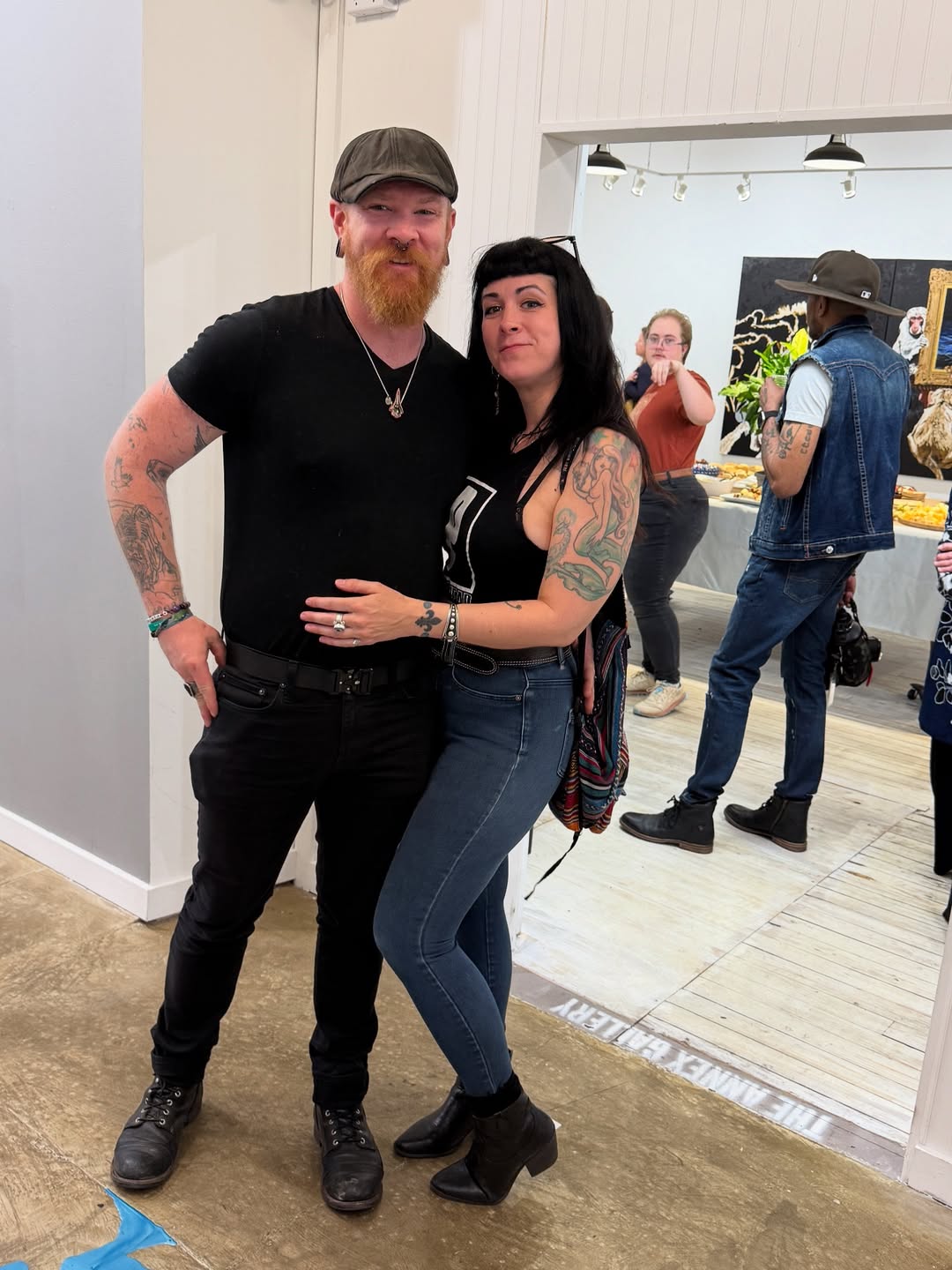





Comments powered by Talkyard.